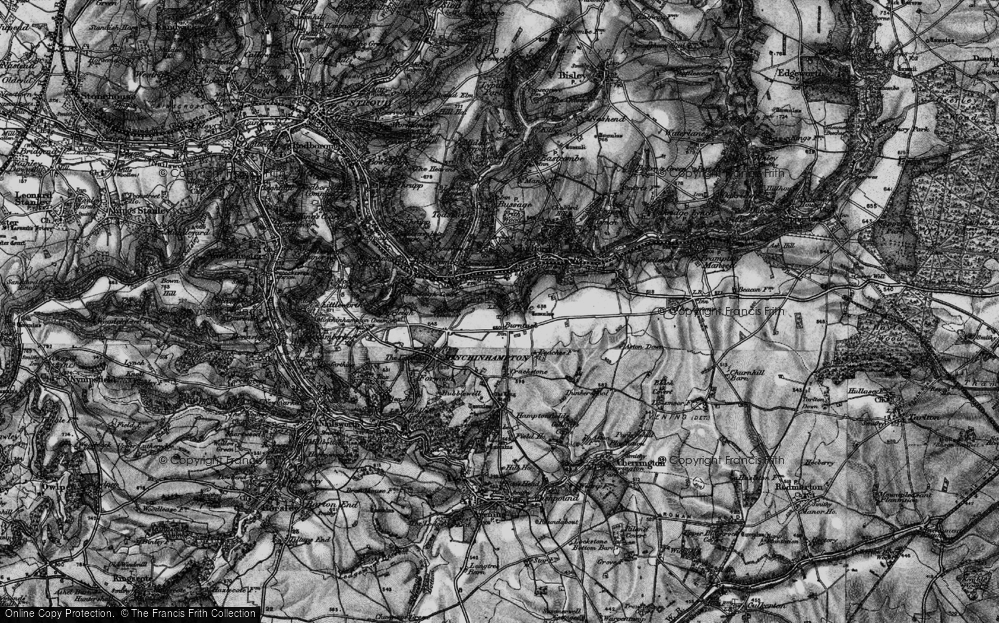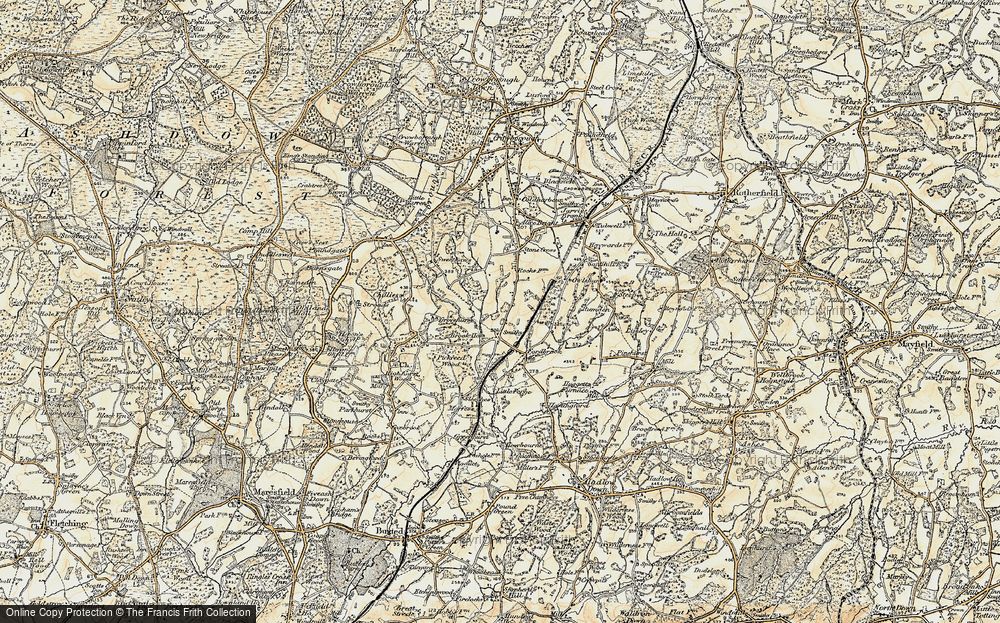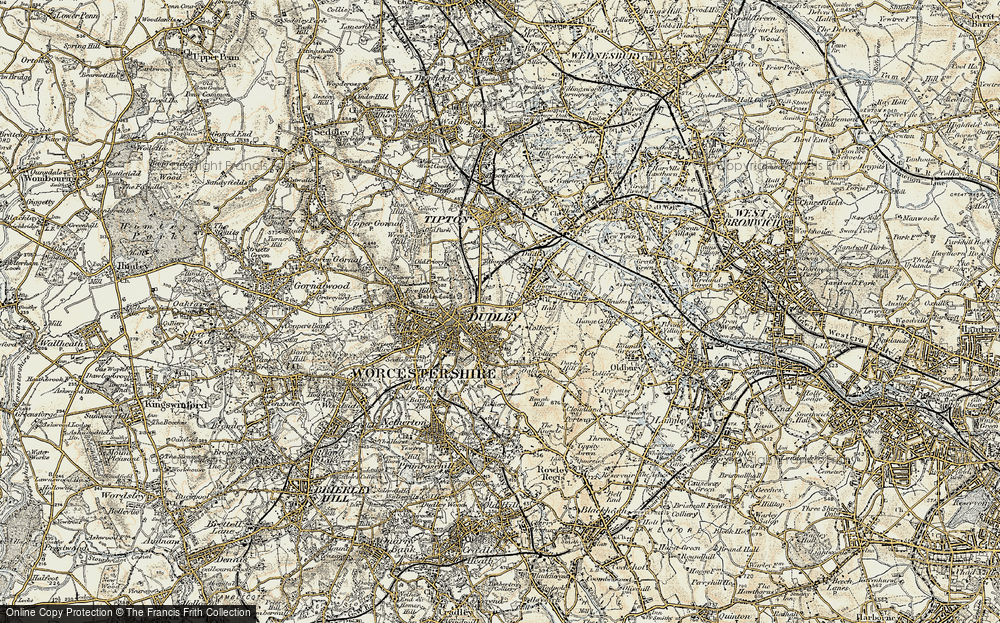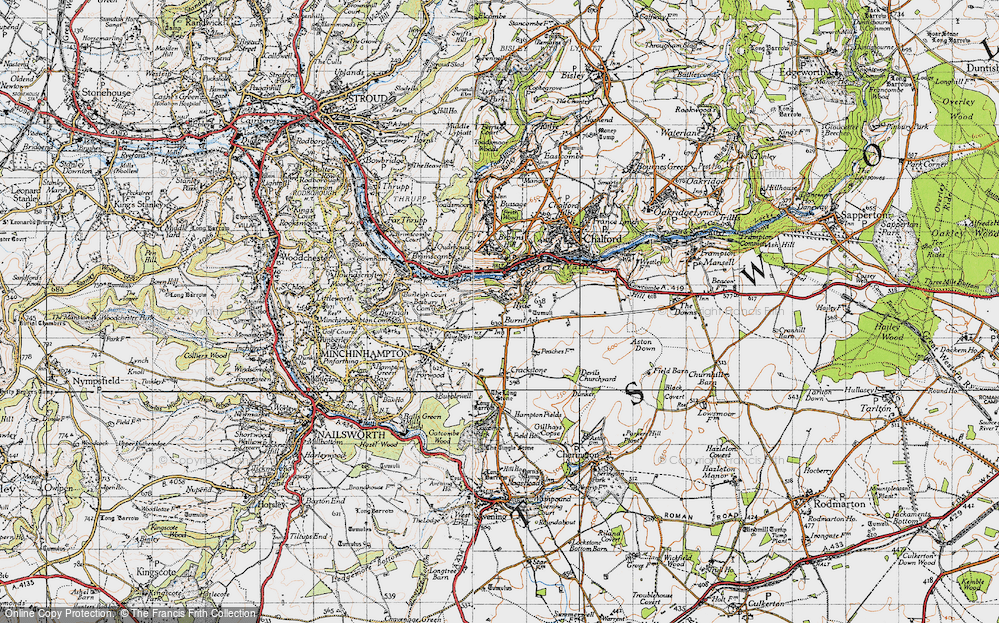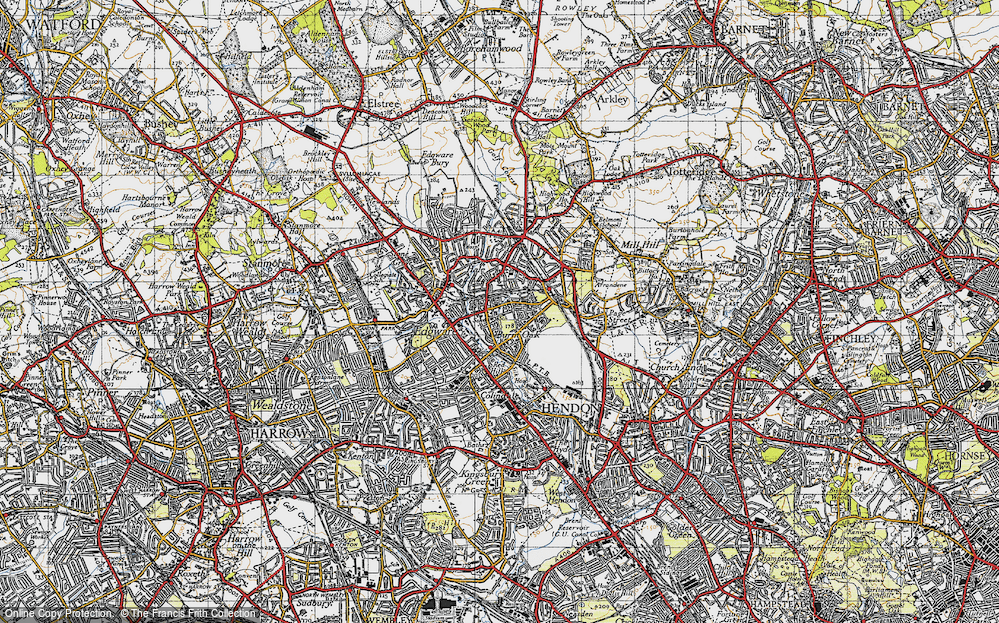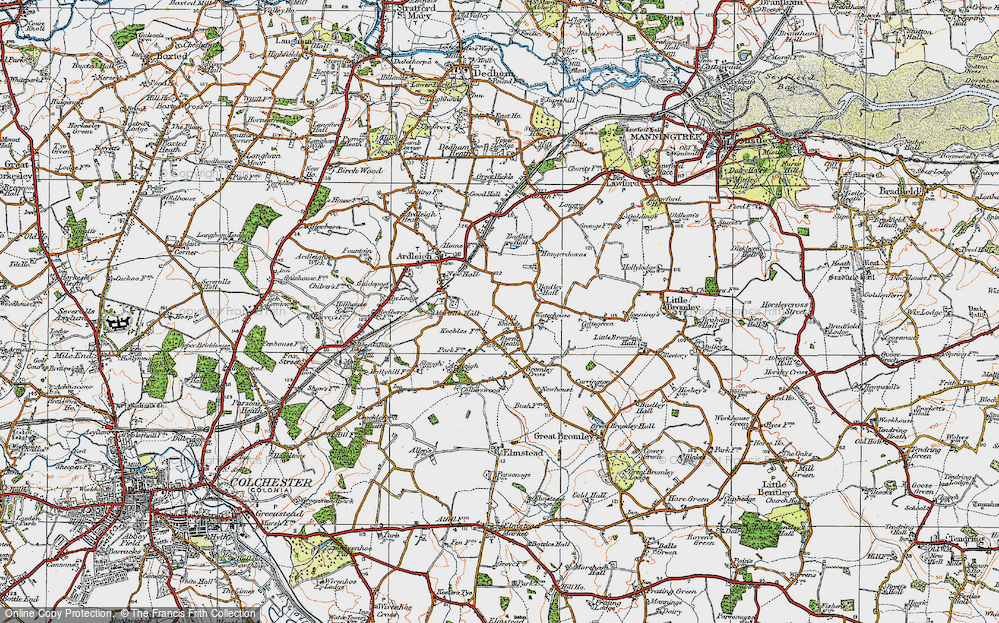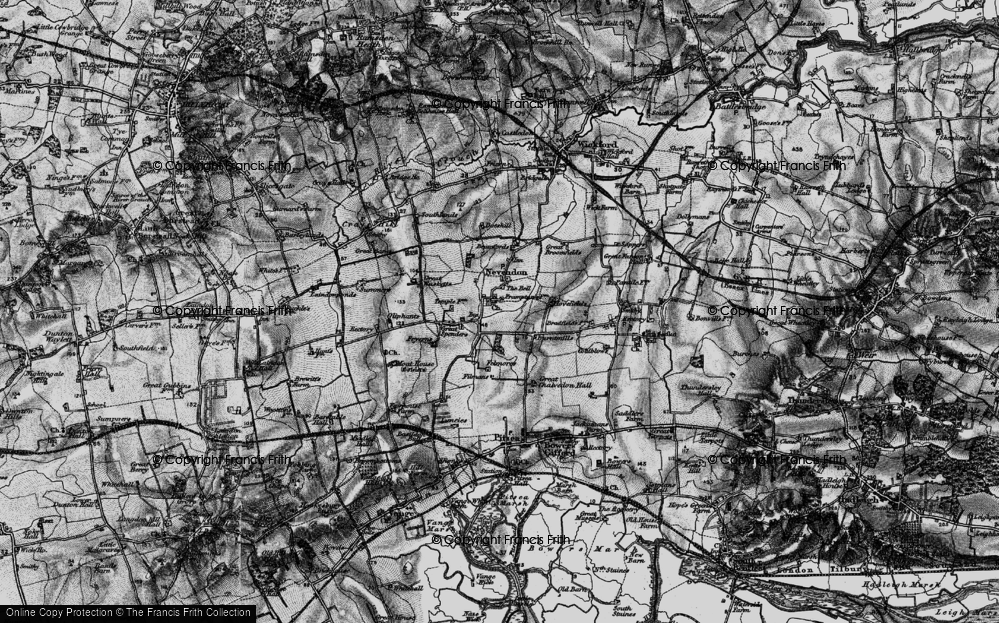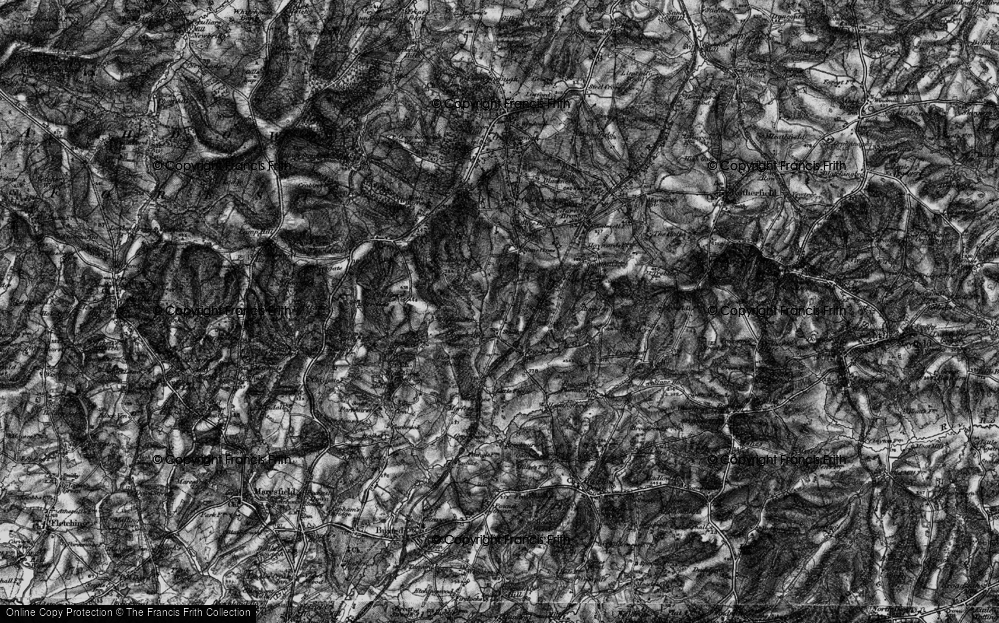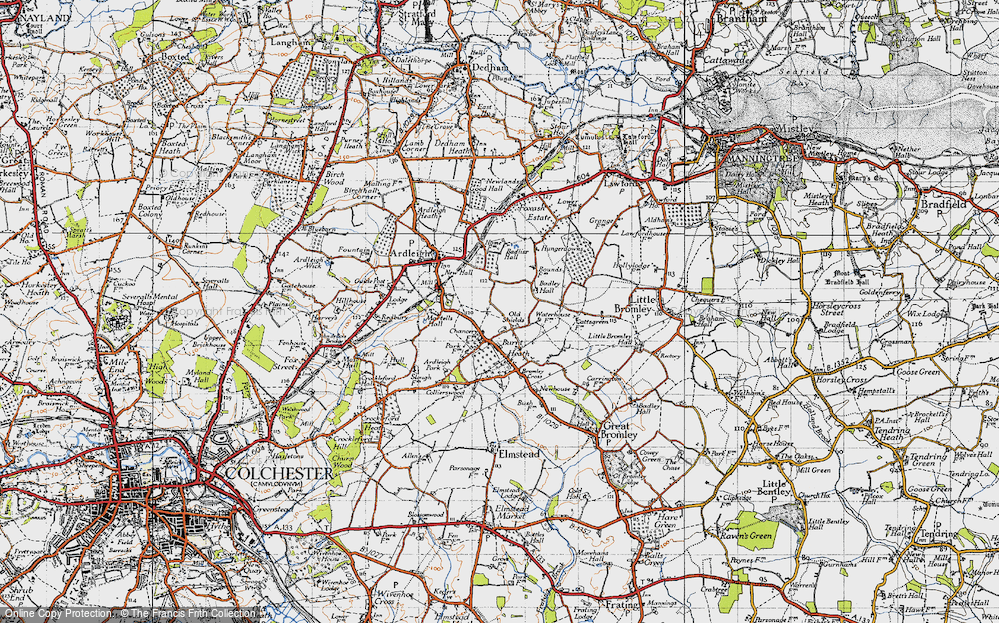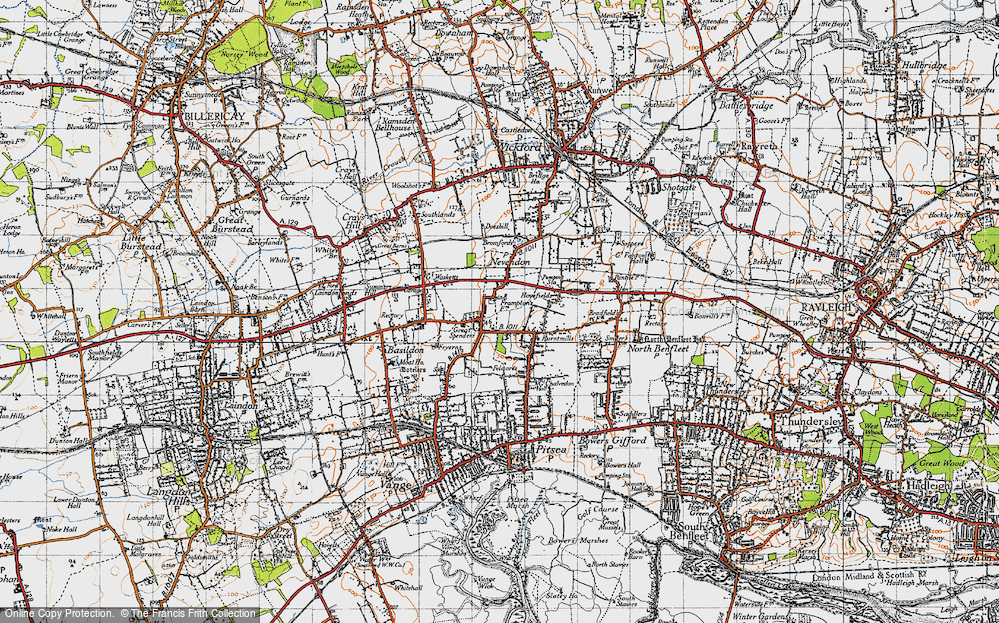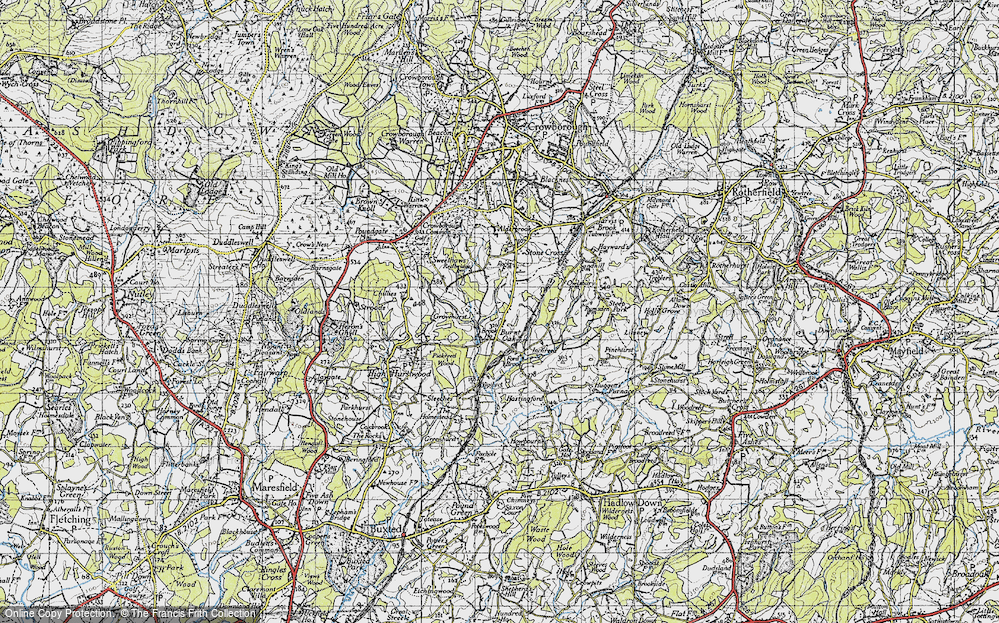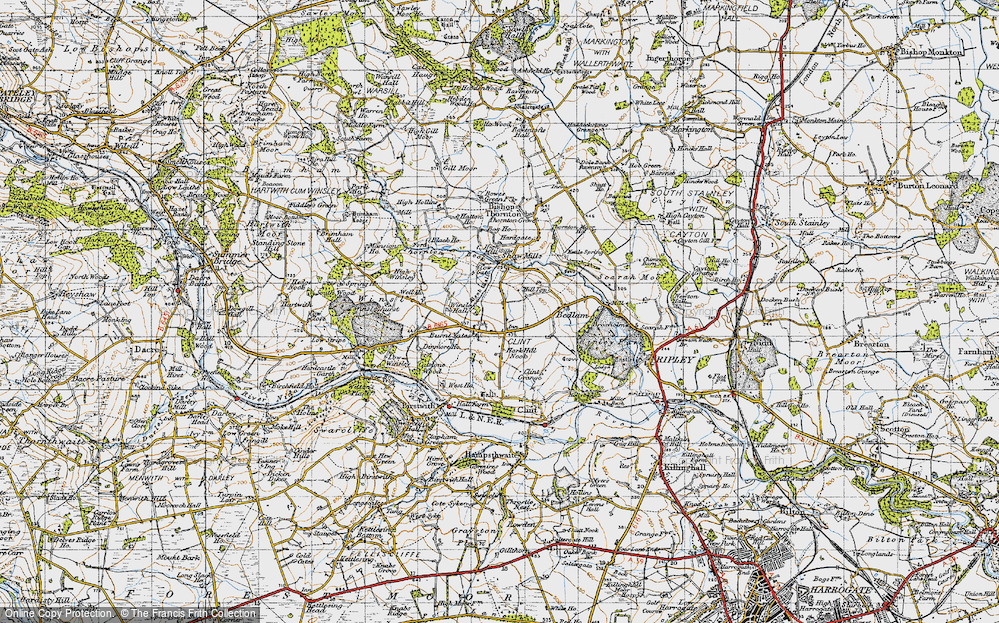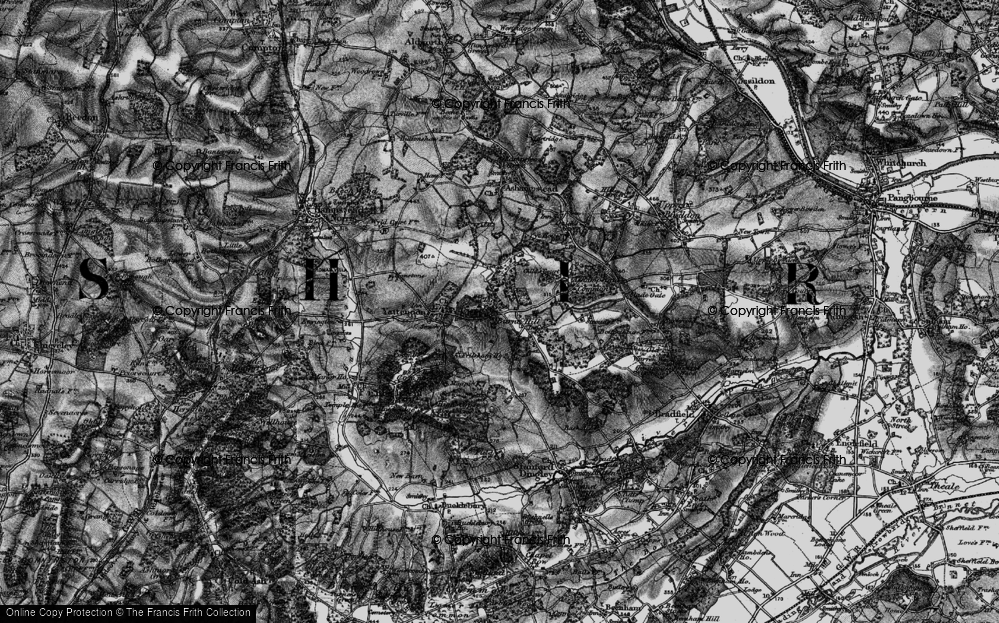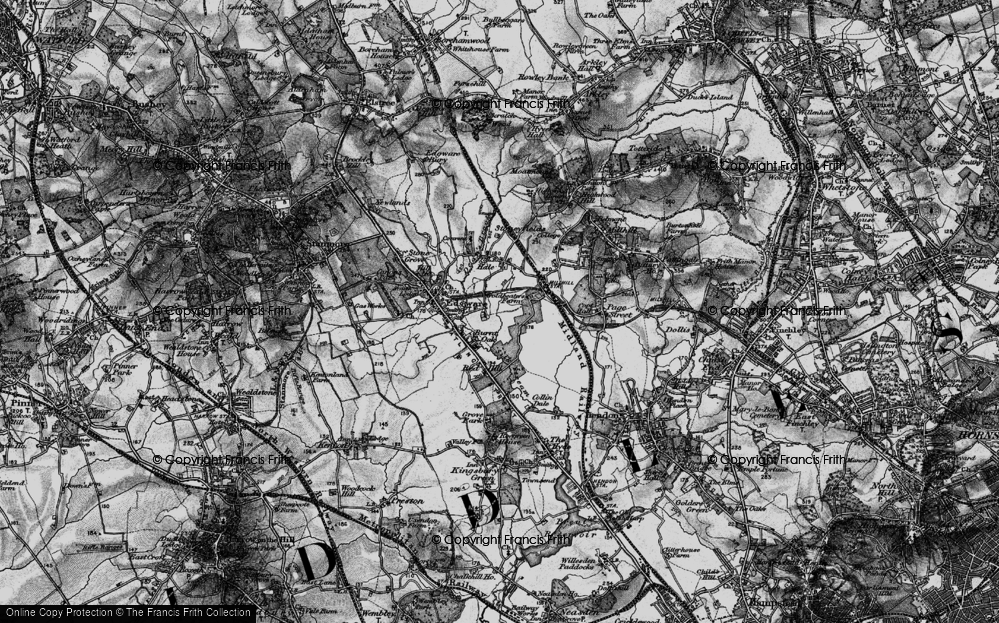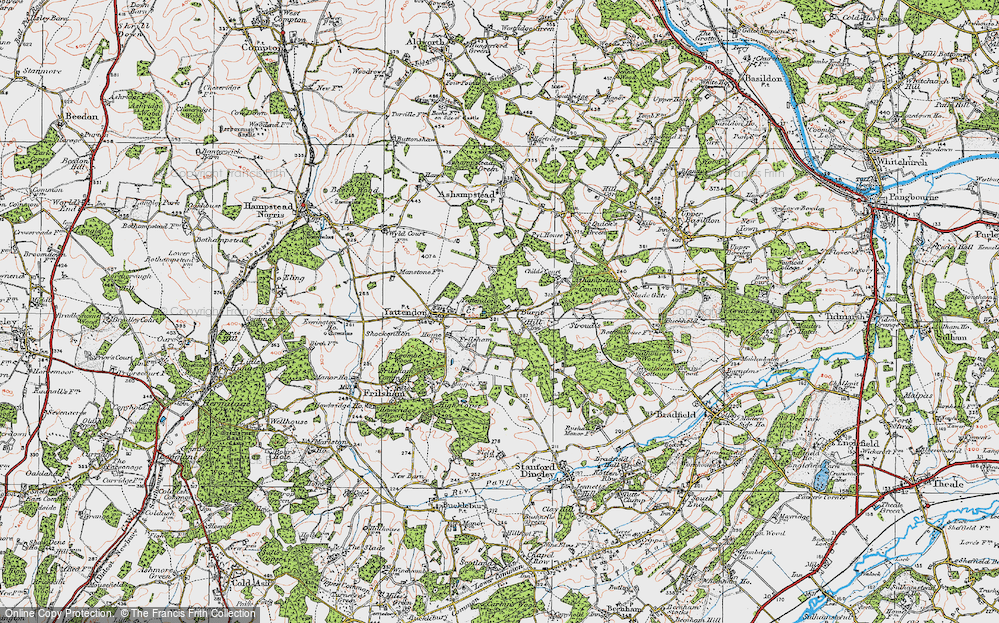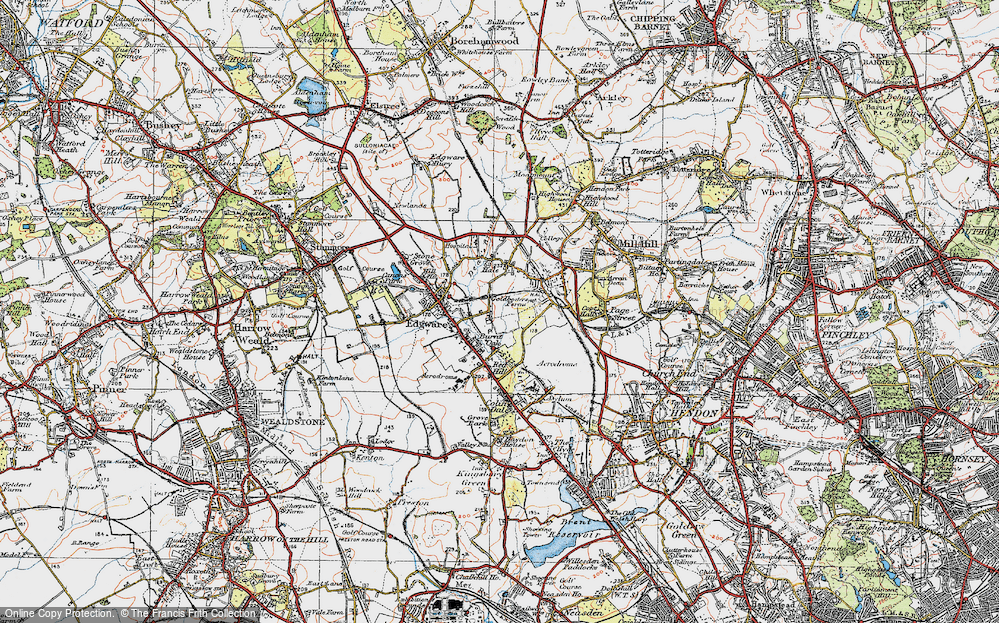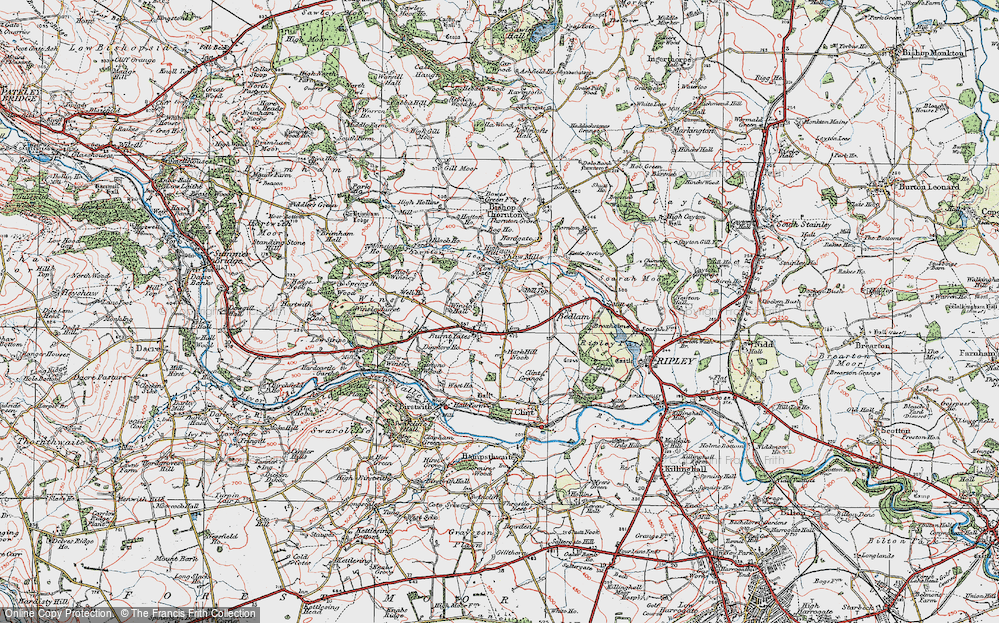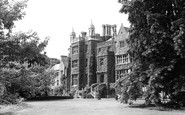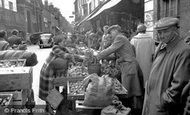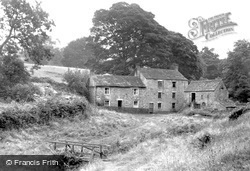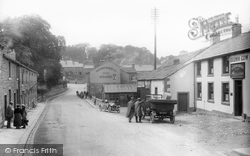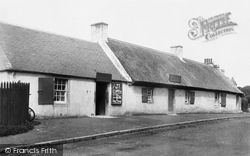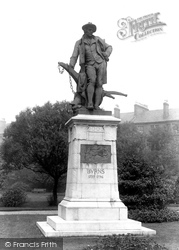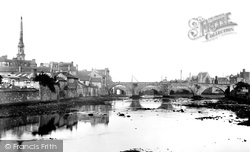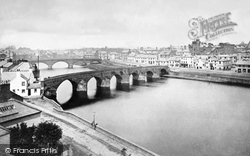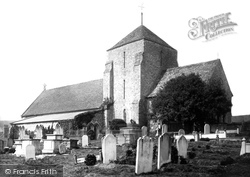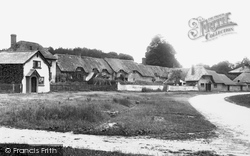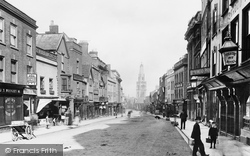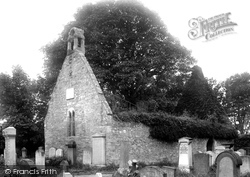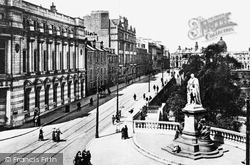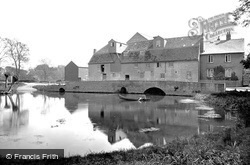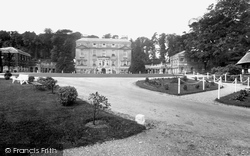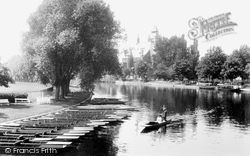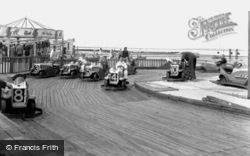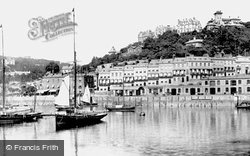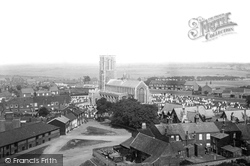Places
Sorry, no places were found that related to your search.
Photos
Sorry, no photos were found that related to your search.
Maps
39 maps found.
Books
Sorry, no books were found that related to your search.
Memories
780 memories found. Showing results 1 to 10.
New Girl 1955 At The Abbey
I passed the dreaded 11 plus in 1955 to Ramsey Abbey and still remember how awesome it was. I remember Mr Barnes was headmaster and Miss Oddy was headmisteress and very particular about pupils wearing the correct ...Read more
A memory of Ramsey in 1955 by
'chez Jene'
I remember Chez Jene, a boutique owned by the mother of presenter of radio and tv David Jacobs. I had never been in the shop, it was close to the 137 bus route in Leighamcourt Road, and whilst waiting for the bus l would look in the ...Read more
A memory of Streatham in 1963
'when We Were Young'
‘I remember when’ - yes, I remember market day in Dorchester very well – when your picture was taken I was 10 years old, and could well have been one of the children in your picture. On Wednesdays, during school holidays Mum ...Read more
A memory of Dorchester in 1955
13 Years Old
I moved here with my Mum and Dad in 1953 for a year. My Dad was in the navy then,and served in the base there. We lived in Heather Cottage in the Clachan, opposite the Post Office. Mr and Mrs Macarthur owned the cottage and we ...Read more
A memory of Rosneath in 1953 by
1939 Onwards I Remember
I was born in 1939, the year war started, and remember being lifted out of bed in the middle of the night and the barrage balloons looked like big elephants in the sky. I also remember the table shelter in the lounge which ...Read more
A memory of Harborne in 1940 by
1940s And 50s
I was born in 1942 and lived in Ovington Grove behind The Lonnen. My memories would fill several books, but for starters:- the Regal; Quadrini's; Number 2 blue bus; Holy Cross Church; Cowgate then Wingrove Schools; playing football ...Read more
A memory of Fenham by
1947 To 1956
I was born in 1942 in Upton-by-Chester and my mother's family (Maddock) owned the butcher's shop that became Toycraft on Watergate Street, and one in the Market in the sixties. My parents emigrated to Canada with me in tow in 1956 and ...Read more
A memory of Chester in 1947 by
1950 61 A Child's Memory Of Kirkconnel
On 11th October 1950 I was born in the flat above Drife's butchers shop in Kirkconnel. My dad, Tommy, worked in the shop with Cameron Purvis and struggled to feed a family of three on the butcher's wage and ...Read more
A memory of Kelloholm by
1956 1968 Memories Of Perivale And Perivale School
I started at the nursery class at Perivale infants school in September 1956 aged 4 starting in the nursery class. The assistant was call Miss Whale we also had a French teacher and she made a little ...Read more
A memory of Perivale by
1956 1960
My dad bought a brand new house on Craigwell Avenue in 1956. Builder was William Old. I was 4. The house was blue and yellow, 4 houses up on the left from Newberries Avenue. The construction went on for at least two years after moving ...Read more
A memory of Radlett in 1956 by
Captions
291 captions found. Showing results 1 to 24.
The mill is just south of the village on the Birkey Burn. The miller's house is dated 1728, and the three-storey mill building is also 18th-century.
Here we see motorists in the village - they are probably touring the area. The 'burn' part of the name comes from the stream which runs through the village.
Scotland's most celebrated poet Robert Burns was born in this simple cottage on 25 January 1759.
Born at Alloway, Ayrshire in 1759, Burns's love of poetry was instilled in him by his teacher, John Murdoch.
Robert Burns was born here on 25 January 1759. The cottage was rebuilt by the poet's father and later became an inn.
Famous as the birthplace of John Macadam in 1756 and of Robert Burns in 1759, Ayr was founded under a charter granted by William the Lion.
The River Nith divides Dumfries from Maxwelltown. Dumfries itself became a royal burgh in the 12th century, but the two towns were not officially amalgamated until 1929.
We are looking across the churchyard to St Margaret's Church. The church, which was renovated in the 19th cen- tury, stands on the site of a Saxon predecessor.
During the 1830s this pretty village was the scene of a major uprising among farm labourers, with angry mobs burn- ing hayricks and destroying machinery.
It was at a house in Westgate in February 1555 that Bishop John Hooper spent his last night before being burnt at the stake in St Mary's Square.
Robert Burns played in this churchyard as a boy, and the popular legends about hauntings and the ghostly atmosphere of the roofless ruin affected him deeply.
Nearby is the Grand Hotel (rooms 4s 6d, dinner 5s), the parish council building, the school board offices and a statue of Robert Burns.
The River Nith divides Dumfries from Maxwelltown. Dumfries itself became a royal burgh in the 12th century, but the two towns were not officially amalgamated until 1929.
The Burnhams take their name from the river Burn, which runs through this picture.
'And laughs the immortal river still/Under the mill, under the mill'. So wrote the poet Rupert Brooke about Grantchester's mill. The river may well be immortal, but the mill certainly was not.
'And laughs the immortal river still Under the mill, under the mill'. So wrote the poet Rupert Brooke about Grantchester's mill. The river may well be immortal, but the mill certainly was not.
Burns's father is buried in the churchyard.
Formerly Epsom's grandest house, Woodcote Park was bought by the RAC in 1911.
It was extensively remodelled during the 19th century by the architect William Burn; it had previously been modernised between 1768 and 1788 by John Carr of York.
Here the Memorial Building is viewed from the river. As well as a theatre, there was a library of rare Shakespearean books, and the view from the tower was highly recommended.
Judging from the picture, these cars were definitely big boys' toys. The cars rattled and juddered around the circuit, and on hot days there was always the pervading smell of burning oil.
Before the coming of tourism, Torquay was an obscure fishing hamlet, its villagers scratching a living from the sea, smuggling and lime burning.
While many houses burned down in the fire of 1659, the 15th century church of St. Edmund survived because the churchyard served as a fire break.
Judging from the picture, these cars were definitely big boys' toys. The cars rattled and juddered around the circuit, and on hot days there was always the pervading smell of burning oil.
Places (0)
Photos (0)
Memories (780)
Books (0)
Maps (39)


